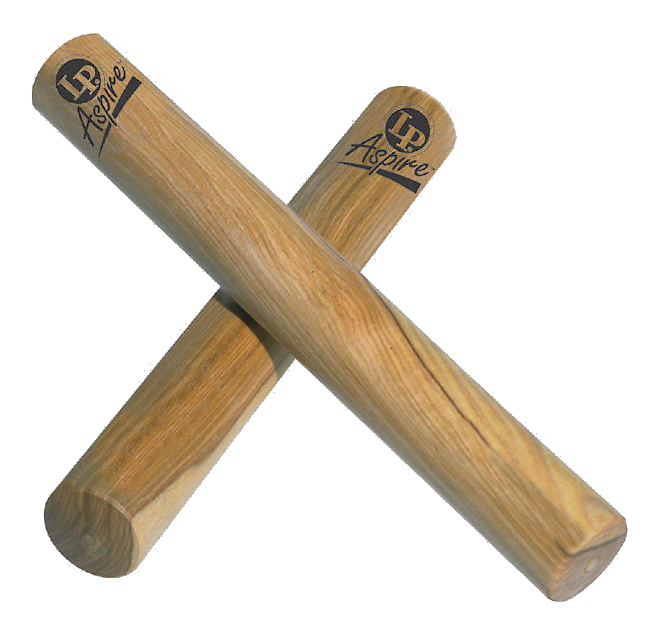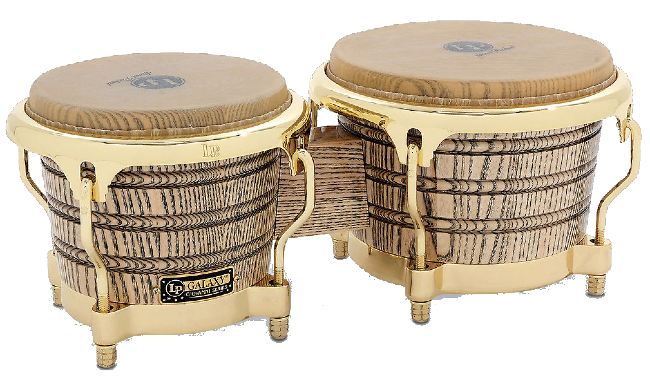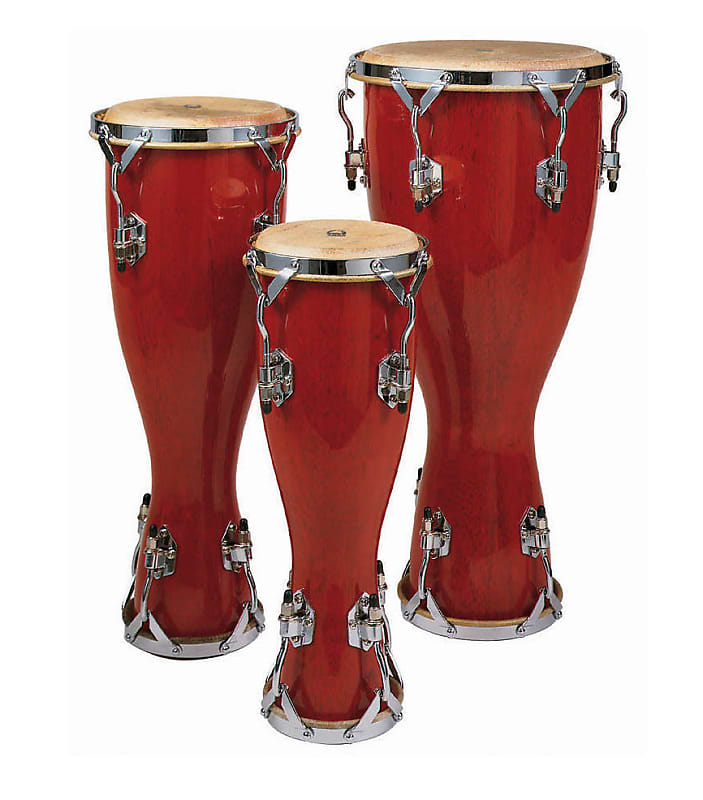Afro-Cuban music is made up of a variety of traditions, and includes instruments with diverse origins. Many African ethnic groups were forcibly brought to Cuba during the transatlantic slave trade, and when they collided with Spanish culture under colonialism, cultural fusion ensued.
The four main African ethnic groups brought to Cuba were the Yoruba (from modern-day southwestern Nigeria and Benin), the Bantu (from the two Congos and Angola), the Calabar (from southeastern Nigeria and Cameroon), and the Dahomey (from modern-day Benin).
The Yoruba arrived relatively late in the slave trade and came in large numbers and concentrated waves during the nineteenth century. However, it was the Bantu who made up the largest number of enslaved people brought to Cuba, and who arrived throughout the colonial period. For this reason, these are the two African cultures that have had the largest influence on Cuban folkloric and popular music.
Below, we're going to take a look at the origins of some of the most recognizable Afro-Cuban instruments.
Claves
The clave (which translates roughly to “key”) is the quintessential two-bar, syncopated rhythm that structures salsa and many other genres of Latin music. The instrument consists of a pair of claves, or hardwood sticks about eight inches long. One is held in the player’s fingertips over a cupped hand, and the other is struck against it to create a sharp, high-pitched rhythm.
Claves emerged during Cuba’s colonial period among slaves who worked in the shipyards of Havana and had the idea to use wooden pegs used in the repair or construction of ships as a musical instrument. They were recreating the west African notion of a timeline, a repeated rhythm that provides the structure and tempo for the rest of the musical ensemble.
It’s likely that the clave rhythm was first used to play rumba, the most important Afro-Cuban secular music and dance genre of the 19th century. Free and enslaved Black and mixed-race Cubans played rumba as their primary form of musical entertainment. Despite the fact that it sounds more African due to the dominance of the percussion and rhythmic elements, rumba is a hybrid genre that draws on European melodic patterns and Spanish language and poetic forms
Claves are used not only in rumba, but as the basis of many other Afro-Cuban styles, namely son (think: Buena Vista Social Club), considered to be the most important Cuban musical genre of the 20th century and a symbol of national identity.
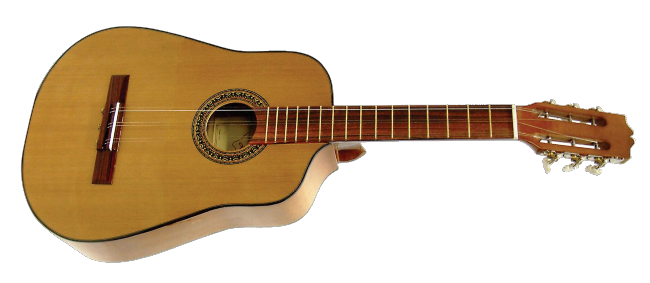
Son is often described as the “perfect synthesis” of African and European musical traditions and, unlike rumba (whose instruments are all African-derived), son also incorporates European instruments, like the tres (Cuban guitar) and trumpet. Although claves are used in both traditions, the rumba and son clave rhythms are slightly distinct—the former is more syncopated.
Conga Drums
One of the most popular and widely disseminated Afro-Cuban instruments is the conga drum, which is derived from various traditional Bantu drums—the name of the instrument references its Congolese ancestry.
Bantu music has been the most important African influence on Cuban popular music, including rumba and son. Conga drums are tall, single-headed hand drums that sit on the floor. Traditionally, they were made of hollowed-out tree trunks or wood and tuned with wooden pegs, although these days they’re often made from fiberglass.
While rumba’s early instrumentation was made up of cajones (see below), eventually three conga drums of different head diameters and registers came to be the center of the rumba ensemble—along with claves, a catá, and sometime a shékere (see below).
Although not a part of early son in the 1920s and '30s, conga drums were eventually incorporated into son ensembles in the 1940s, by famed bandleader, composer and tres player Arsenio Rodríguez. From there, conga drums became an integral instrument in the salsa ensemble.
Cajón
Cajons, or wooden boxes, were the first instrumentation used for playing rumba. In the late 19th century, many rumba musicians were dockworkers, and had access to cajones as they would unload cargo from incoming ships.
Musicians used cajons of different sizes to achieve lower or higher registers. Although conga drums replaced cajons within the rumba ensemble around the 1940s, in recent decades cajons have made a comeback. Many contemporary rumba groups in Cuba, like Yoruba Andabo and Clave y Guaguancó, use a combination of conga drums and cajones to achieve a wide variety of timbres.
Bongó drums
Another Bantu-derived Cuban instrument that has gained popularity throughout the Latin music world is the bongó drums.Two short drums of different diameters are attached in the middle by a wooden bridge, and held between the player’s knees.
These drums were a feature of early son, and are now incorporated (along with conga drums) into some salsa ensembles.
In son, the drums play a cyclical rhythm called the martillo (“hammer). Bongó drums are also associated with the eastern Cuban folklore genre called changüí—a possible rural antecedent of son.
Shékere
The shékere is an instrument found in various west African countries, including Nigeria and Ghana. It is made from a hollowed out gourd covered with beads or shells, which contribute to its unique timbre.
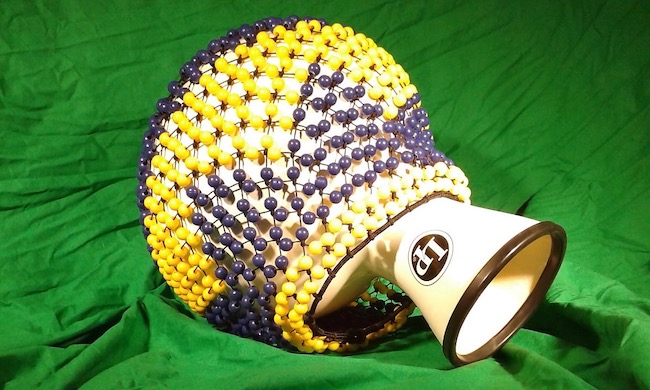
The player holds the handle in one hand and shakes the shékere, creating a rhythm by hitting it against the palm of the other hand. Shékeres are used primarily in Afro-Cuban religious genres—such as the Yoruba-derived Santería ceremony called güiro, which employ several shékeres—as well as in rumba.
Batá Drums
The percussion instruments most intimately associated with the Afro-Cuban religion popularly known as Santeria are the Yoruba-derived batá drums. They are three double-headed, hourglass-shaped drums of different sizes: the iyá (largest or “mother” drum), the itótole (the medium-sized drum), and the okónkolo (smallest drum).
Six drumheads are struck in an overlapping manner, creating a rich and complex polyrhythmic texture. The drums are said to be having a conversation with each other, and speak directly to the supernatural forces known as orishas.
Batá drums which are used in religious ceremonies must be consecrated—a spiritual force called Añá is placed inside the drum—and drummers must also go through an initiation in order to play them.
In the past few decades, musicians have been incorporating unconsecrated batá drums into secular genres—Afrocuba de Matanzas even created a whole style that merged batá drumming with the rumba ensemble, called batarumba.

